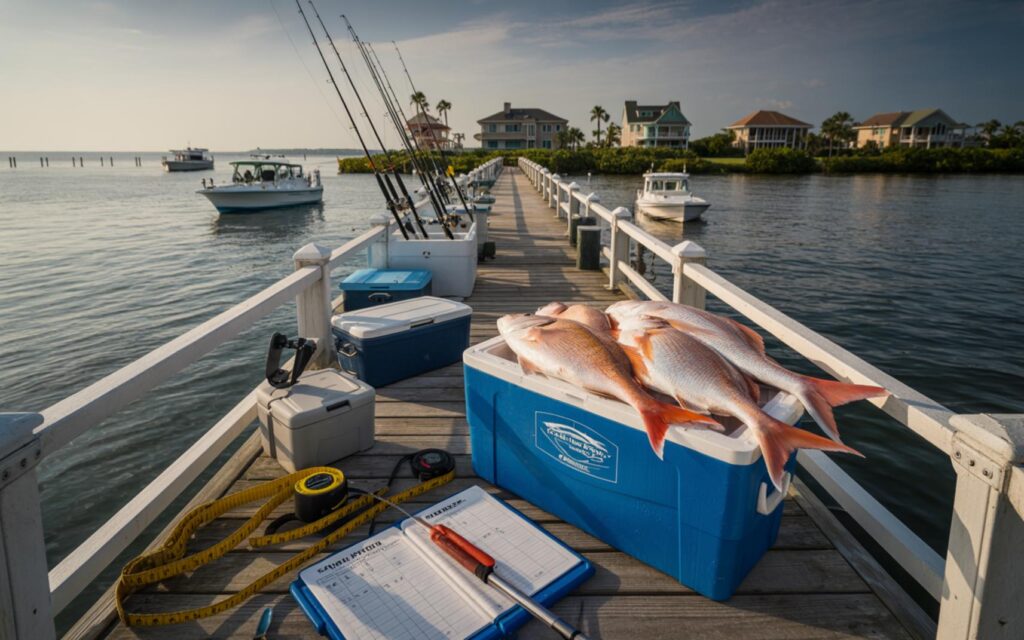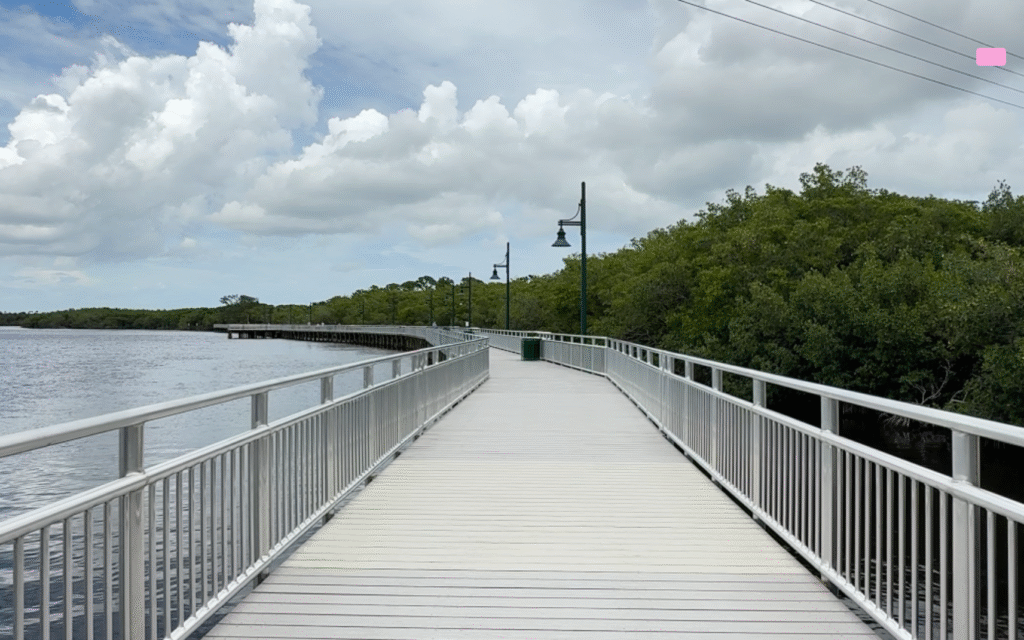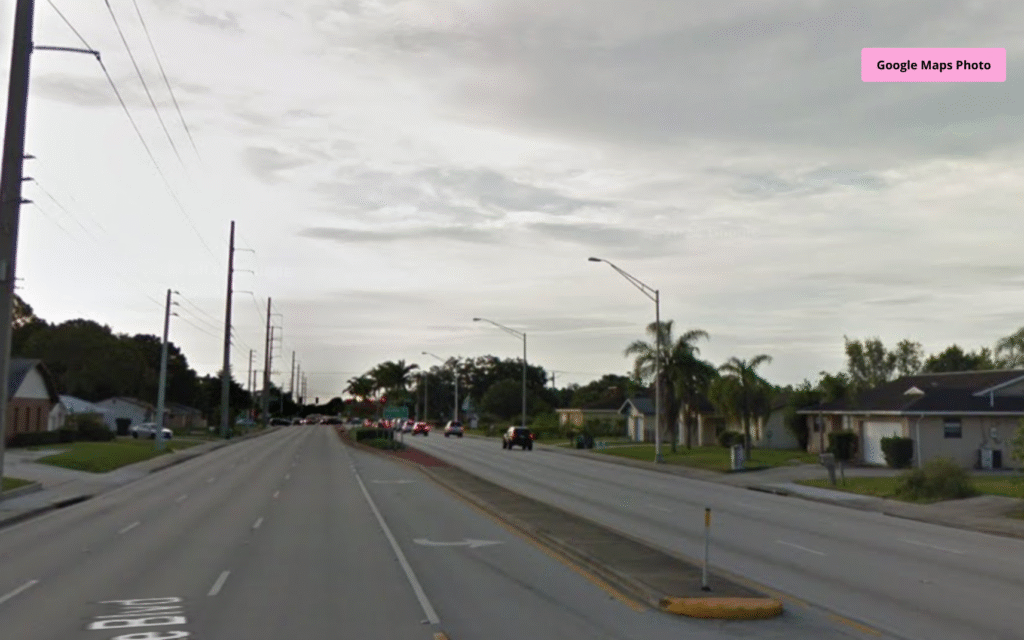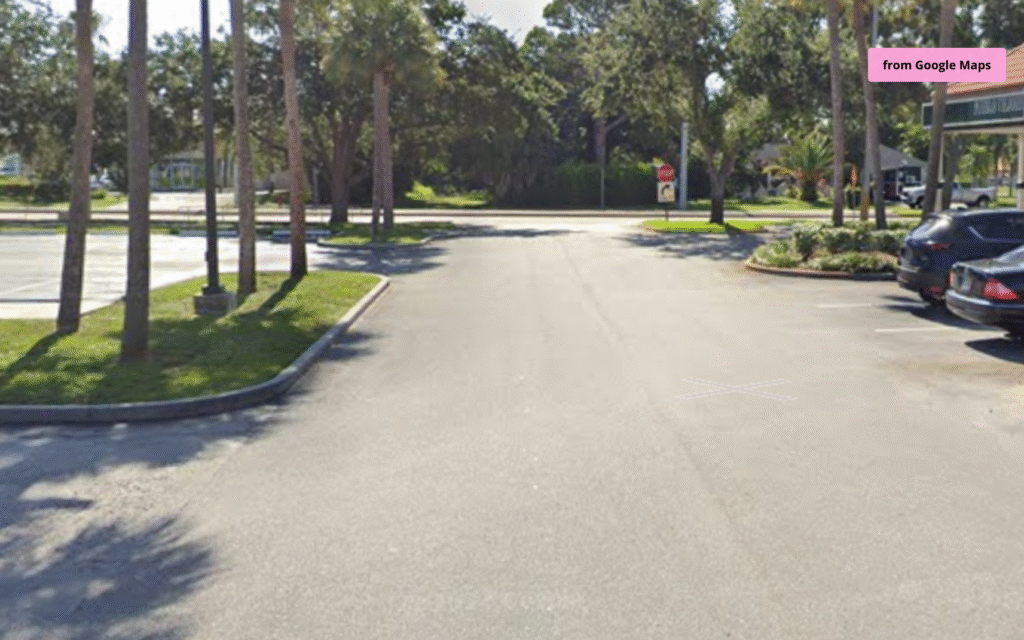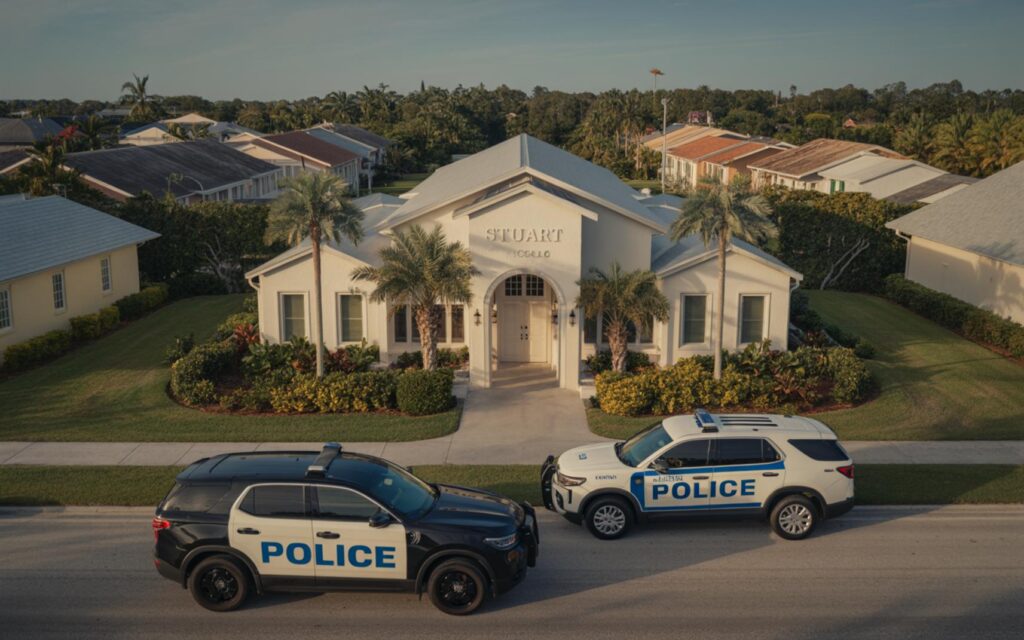Florida is preparing to assume management of recreational red snapper fishing in Atlantic waters, beginning with an exempted fishery permit (EFP) pilot program expected to start in 2026. The shift to state management of Atlantic red snapper aims to address longstanding concerns about limited fishing access and inflexible federal regulations.
Florida Atlantic Red Snapper Fishing: New Management Approach
The main keyword, Florida Atlantic red snapper fishing, is central to the upcoming changes in how the state oversees recreational harvest in Atlantic waters. Under current federal management, Atlantic anglers face highly restricted access. According to the National Oceanic and Atmospheric Administration (NOAA), only two open days are scheduled for red snapper fishing in the Atlantic in 2025. In contrast, Gulf coast anglers have a 126-day season for the same species.
Florida’s new EFP will allow the state to propose different season lengths, bag limits, and size limits for Atlantic red snapper. The Florida Fish and Wildlife Conservation Commission (FWC) reports that these options will be developed with input from local stakeholders and scientific data, aiming to increase angler satisfaction and reduce regulatory discards.
Exempted Fishery Permit: Testing New Rules for Red Snapper
The EFP will authorize a limited recreational harvest of red snapper outside the federal season. According to FWC, participants in the EFP program will be exempt from certain federal reporting and catch limits. The pilot program intends to test management strategies that could reduce dead discards and improve sustainable harvest opportunities for Atlantic red snapper fishing.
Officials report that the EFP will be in effect for a trial period, with the possibility of permanent state management by 2028 if the program demonstrates success.
Three Atlantic Red Snapper Projects Planned Under EFP
The EFP will support three main projects, each designed to test innovative management approaches for Florida Atlantic red snapper fishing:
- Full-retention study fleet off northeast Florida: This project will require all red snapper caught to be kept, allowing researchers to collect detailed data on catch rates and size distribution.
- Experimental hot spot fleet off northeast Florida: Anglers will target areas with high red snapper abundance to test the effectiveness of different management measures in reducing discards.
- Southeast Florida snapper-grouper fleet: This group will focus on mixed-species trips to evaluate how new rules affect both red snapper and other reef fish species.
According to FWC, these projects aim to gather data on discard rates, angler satisfaction, and fishery impacts, which will inform future management decisions.
Public Input and Workshops on Atlantic Red Snapper Rules
The Florida Fish and Wildlife Conservation Commission is actively collecting public feedback to shape the future of Atlantic red snapper fishing. A series of in-person workshops and a virtual webinar are scheduled to gather input from anglers, charter operators, and other stakeholders. FWC reports that all comments will be considered as the agency develops proposed rules for the EFP program.
Details about workshop dates and locations are available on the FWC website. The agency encourages interested parties to participate and share their perspectives on season lengths, bag limits, and other regulatory options.
Comparing Atlantic and Gulf Red Snapper Management in Florida
Florida has managed the Gulf of Mexico private recreational red snapper fishery since 2020, using data from the State Reef Fish Survey to support a much longer season. According to FWC, the Gulf red snapper season will last 126 days in 2025, compared to just two days in the Atlantic under federal rules.
FWC officials highlight that state management in the Gulf has allowed for more adaptive and regionally appropriate regulations. The agency indicates that similar approaches could benefit Atlantic anglers by providing more fishing opportunities and reducing regulatory discards.
Potential Benefits of State Management for Atlantic Red Snapper
According to FWC, the primary goals of shifting Florida Atlantic red snapper fishing management to the state include:
- Increasing angler access and satisfaction
- Reducing regulatory discards and associated mortality
- Allowing for more flexible and regionally appropriate rules
- Balancing conservation with recreational opportunity
FWC reports that high discard rates have been a concern under short federal seasons, as many red snapper are released due to closed seasons or size limits, leading to increased mortality.
Timeline for Florida Atlantic Red Snapper Fishing Management
The transition to state management will begin with the EFP pilot program, which is expected to launch in 2026. According to FWC, the EFP will run for several years, with ongoing monitoring and evaluation. Final decisions on permanent state management for Atlantic red snapper are anticipated after the initial trial period, likely by 2028.
FWC states that details may be updated as the process continues, and further public input will be sought before any permanent changes are implemented.
Frequently Asked Questions About Florida Atlantic Red Snapper Fishing
What is Florida Atlantic red snapper fishing management?
It refers to the rules and regulations set by Florida for recreational red snapper fishing in Atlantic waters. Starting around 2026, Florida will test new management strategies under an exempted fishery permit.
How much access do anglers have to Atlantic red snapper in Florida?
Currently, federal rules allow only two days of recreational fishing for Atlantic red snapper in 2025. Florida’s new management plan may increase access if the pilot program is successful.
Are there differences between Gulf and Atlantic red snapper seasons in Florida?
Yes, Gulf anglers have a much longer season, with 126 days in 2025, while Atlantic anglers have only two open days under federal rules. The new state management plan aims to address this difference.
Can you keep red snapper caught in Atlantic waters outside the federal season?
Under the upcoming EFP program, some anglers will be allowed to harvest red snapper outside the federal season as part of research projects. Participation will be limited and subject to specific rules.
Where are the main Florida Atlantic red snapper fishing projects located?
The main projects will take place off northeast Florida and in southeast Florida, focusing on areas with significant red snapper populations. These projects will help test new management approaches.

